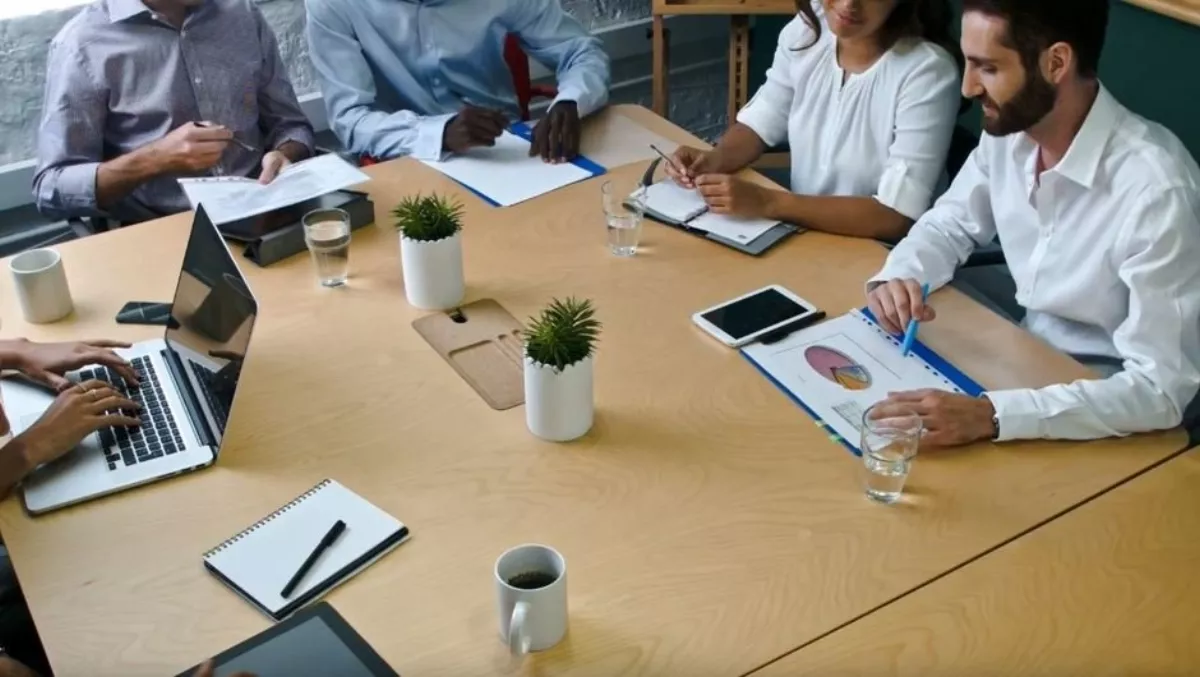
Are people the biggest risk to transformation success?
Australian companies are undergoing a hive of digital transformation activity with some projects more successful than others. Is enough being done to review the impact of people on the success of a project? Let's take a look at how the "people risk" of a transformation can be identified and mitigated.
Start with the building blocks
Large transformation projects are seen as any other temporary organisation, with functional specialisations, partnerships and goals. The huge difference between an organisational unit and a transformation project is the temporary organisation is formed in a hurry – sometimes in as little as three to four months – and they are put together with not too much science.
There are expectations the teams will be a high performing unit without any real nurturing or caring. Compare that with any other large organisational unit and the disparity is clear.
A CFO building a high-performance function will start by developing a strategy, designing the organisational structure and carefully selecting staff and partners. Once that is put in place it goes through a process of one to two years to get to a level of operational excellence.
Too often the characteristics of big transformation projects lack this level of awareness assembling a person-driven function. This is the highest risk part because not all organisations form transformation programs with this care and many contract this risk away by engaging with a large IT services firm.
Temporary organisations are just as strategic to a business as permanent ones and having the right people in the right role, performing at a high level is a foundation for success.
Know your differences
As with any project, a transformation organisation has different skills and cultures that have to work together to deliver an outcome.
There are differences between people, suppliers, and even sub-cultures within a transformation program, and, due to their temporary nature, don't really have the opportunity to go through a cultural change management exercise.
Your project environment, therefore, has to compensate for these cultural differences. You have to create a temporary project culture that is strong enough to balance the individual cultures. For example, there are particular technologies, such as collaboration tools, which can help deal with that.
Why is this a big risk? The problem is nobody is talking about it, let alone measuring it. This leads to a lack of awareness of what needs to be done to mitigate the people risk associated with cultural differences. One supplier might have a completely different way of delivering the same work package compared with in-house staff. These differences must be identified, measured and managed, not swept under the carpet of the transformation program.
Consider this scenario. An insurance company will find a big heavyweight IT services player and then try to transfer the internal scope of the transformation to the supplier. In most cases, the new supplier doesn't align or change itself to meet the in-house people engine.
None of the focus is on forming a function of people that will operate in a high-performance manner – this is crucial when you need to do a significant amount of delivery in a finite time.
By shifting the delivery to a third-party, you need to be prepared to identify and assess the differences from the outset and manage them for success.
A path to better people-driven outcomes
Is it all misalignment and the invariable doom and gloom? The good news is a lot can be done to reduce people-related risk to ensure people continue to be your most important asset. Time and time again, our clients demonstrate that once identified and understood, these risks can be corrected using standard project management practices – sometimes in a matter of weeks.
A lack of role clarity, structure and lack of accountability are all found in dysfunctional transformation organisations. When we look at a failed or poor-performing project we often find the root cause back to these problems and we can use those as a predictor of whether the project will be successful.
Most of today's project management collateral and tools deal with communication and operational challenges, but not at the same breadth and depth as what is possible by analysing the people-related risk factors.
Our advice to clients is to think about the people stuff upfront; set yourself up for success; measure the performance, and incrementally improve.
The old cliché "people are your best asset" unfortunately gets lost in many transformation projects. People are your best asset, but they can also be a risk if they are not managed properly from the outset.

